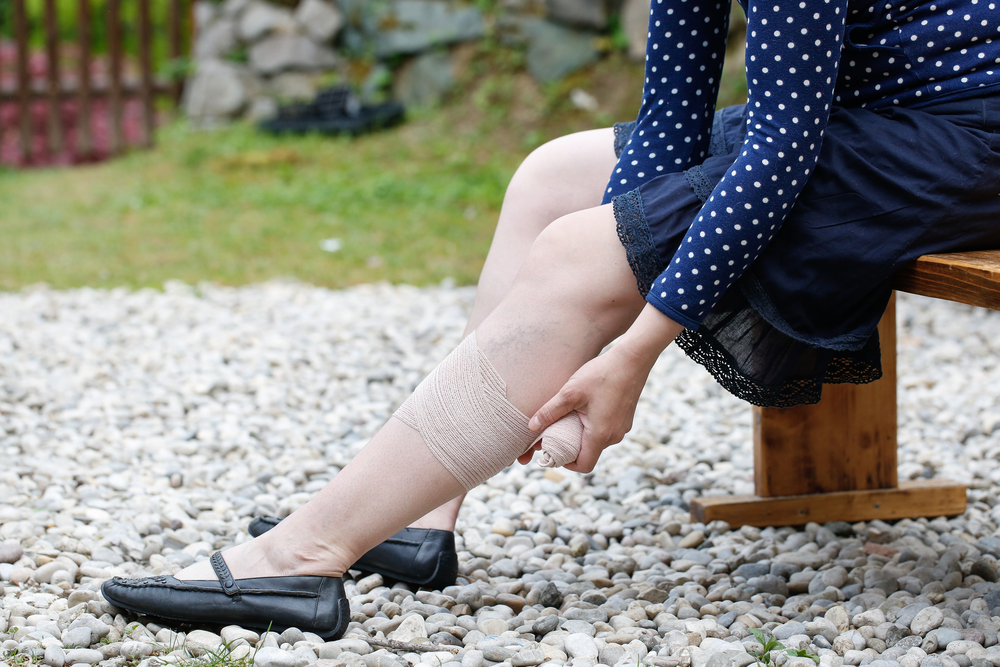Causes, Symptoms, and Treatments of Deep Vein Thrombosis
Deep vein thrombosis is a disorder that occurs in the veins in the deeper sections of the body. It causes blood clots to form in the vein. The clots usually develop in the legs, specifically in the calf area. If left untreated for a long time, they can lead to severe complications like pulmonary embolism. But, it is easy to avoid these by learning the various causes, symptoms, and treatments of deep vein thrombosis.
Causes of Deep Vein Thrombosis
There are no distinct causes for person developing deep vein thrombosis. However, there are many risk factors that may promote the condition of blood clotting, possibly resulting in deep vein thrombosis.

Symptoms of Deep Vein Thrombosis
There are a number of symptoms that can be precursors of deep vein thrombosis. If one has a family history of the same disease or personal abnormality of blood clotting, he or she should take medical help immediately.
The said disease mainly attacks the vein of the legs. It is very rare that both legs get affected by deep vein thrombosis, the signs of which are as follows:
- Leg pains beginning at the calf
- Redness in the skin of the legs
- Discoloration skin of the leg
- Warmth on the affected leg
In many cases, one can be affected by deep vein thrombosis without any noticeable symptoms. A person should seek medical help when experiencing the symptoms.
If the blood clot formed in your vein turns mobile it can cause a barrier for the blood flow for your lungs. This can create a fatal condition named pulmonary embolism.
One should rush to a specialist on getting the following symptoms.
- Chest pain
- Discomforts in the chest that gets bitter with every deep breath or a cough
- Sudden shortness of breath
- Feeling dizzy
- Discharge of blood when coughing
- Increase in the pulse rate
Although pulmonary embolism is a rare condition, timely treatments can save the life of a patient.
Treatments of Deep Vein Thrombosis
There are multiple ways to treat deep vein thrombosis. All treatments for this disease are done considering the type and severity of the disease. The main aspects of treating patients with this disease are as follows:
Anticoagulants
These medicines help the blood to restrict clotting in the case of deep vein thrombosis. They actually alter proteins, preventing the blood to clot easily; they are wrongly referred to as blood thinners as they do not help thin the blood. In the case of treating deep vein thrombosis, Heparin and Warfarin work efficiently.
Mainly, there are two types of Heparin are found. They are known as standard Heparin and Low Molecular Weight Heparin (LMWH). They can be given to a patient as intravenous or subcutaneous injections. LMWH is given as a subcutaneous injection. The effects of LMWH are more than the standard version. For both medications, it will be better if one stays at the hospital and gets monitored.
Warfarin is taken as an oral pill. The tenure of it may be 3 to 6 months according to the need. There are certain things one needs to do while being treated by Warfarin:
- Having a balanced diet
- Cut down on alcohol consumption
- Taking the right doses
Exercise
This is another treatment for deep vein thrombosis. It is helpful to restrict the patient’s inactivity and promote good blood circulation throughout the body.
Raising Your Leg
This relates to your resting posture as a patient of deep vein thrombosis. It helps in good blood flow throughout the calf. One should see that the position of the calf is slightly higher than the hip even while resting.

